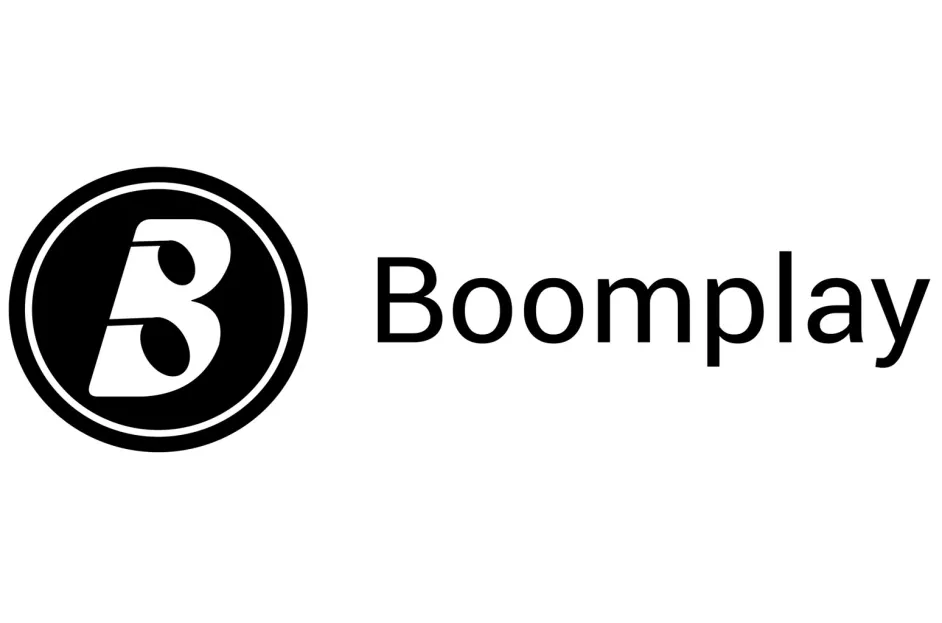
Boomplay operates on a shaky foundation. Despite endorsements from artists across Africa, its structure is surprisingly unconventional for a platform of its claim. At a glance, Boomplay resembles a website built with prepackaged code from platforms like CodeCanyon (e.g., BeMusic). This raises concerns about whether Boomplay’s developers fully understand their system’s backend. As a result, meaningful improvements to its functionality and user interface are unlikely. For instance, advanced features like individualized analytics—which many users have requested—may remain out of reach due to a lack of technical infrastructure and data management capabilities.
Revenue Model:
The real issue lies in Boomplay’s revenue generation model, which is overly dependent on advertisements, particularly Google AdSense. This model creates significant challenges in how revenue is distributed to artists. Here’s how it works:
Google AdSense pays Boomplay in a lump sum after reaching a threshold, with analytics summarizing the entire site’s performance rather than detailing the contribution of individual artists. To Google, Boomplay is simply a content-hosting site; it doesn’t distinguish between which artist drives what traffic.
Imagine 100 tobacco farmers delivering their harvest to a middleman who sells it in bulk to a single buyer. The buyer pays the middleman without considering how much each farmer contributed. The middleman—although trustworthy—distributes the earnings based on estimates, often unfairly. In this analogy, the farmers represent artists, the buyer is Google, and the tobacco is the music hosted on Boomplay.
Because Boomplay lacks detailed analytics, it allocates revenue based on subjective assessments rather than actual traffic contributions. In actual sense, 4 million streams might earn less than another with just 900,000 streams, depending on where the traffic originates. For instance, streams from the U.S. generate higher revenue due to advertisers paying more for U.S.-based traffic than for traffic from regions like Zambia. Boomplay’s inability to capture such nuances results in arbitrary payouts.
Subscription Model:
Unlike other well-structured streaming services, Boomplay struggles to effectively implement its subscription model. Both free and premium users can access and stream music without significant differences in experience, such as ad interruptions or exclusive features. Worse still, even premium subscribers are subjected to ads since Google Ads are integrated sitewide. This undermines the value of the premium subscription and highlights the platform’s overreliance on advertising revenue.
A Better Alternative for Artists
Artists like Yo Maps could bypass Boomplay altogether by creating their own websites, applying for Google AdSense, and uploading their content directly. This approach would allow them to control their revenue streams, receive payments faster, and avoid the inefficiencies of Boomplay’s system.
Share On:
CLICK HERE TO UPLOAD YOUR MUSIC/VIDEO